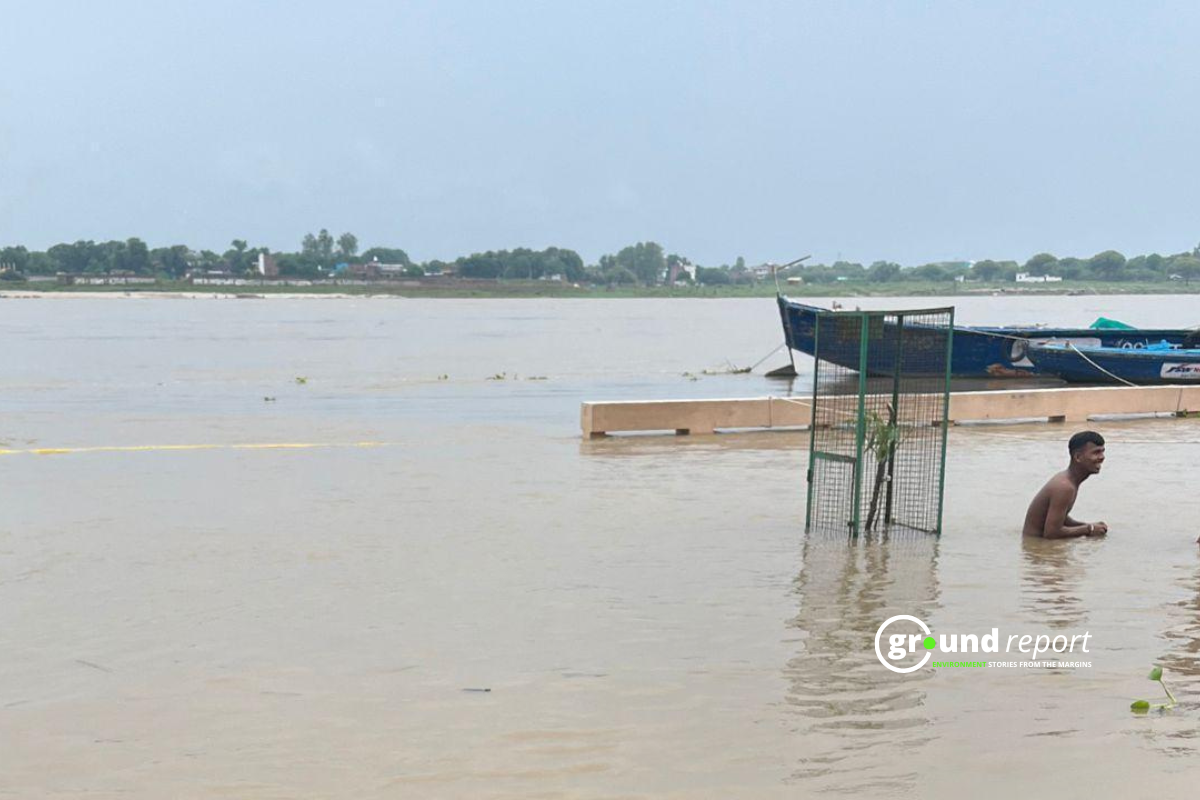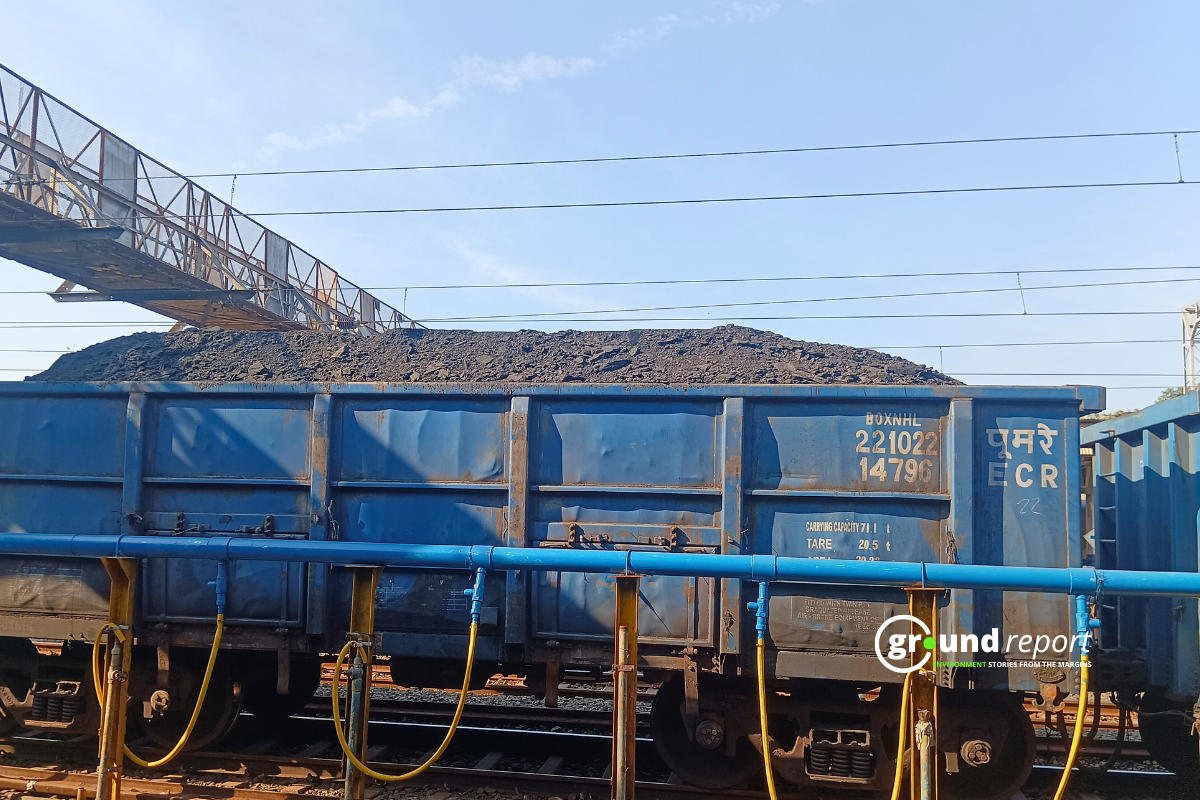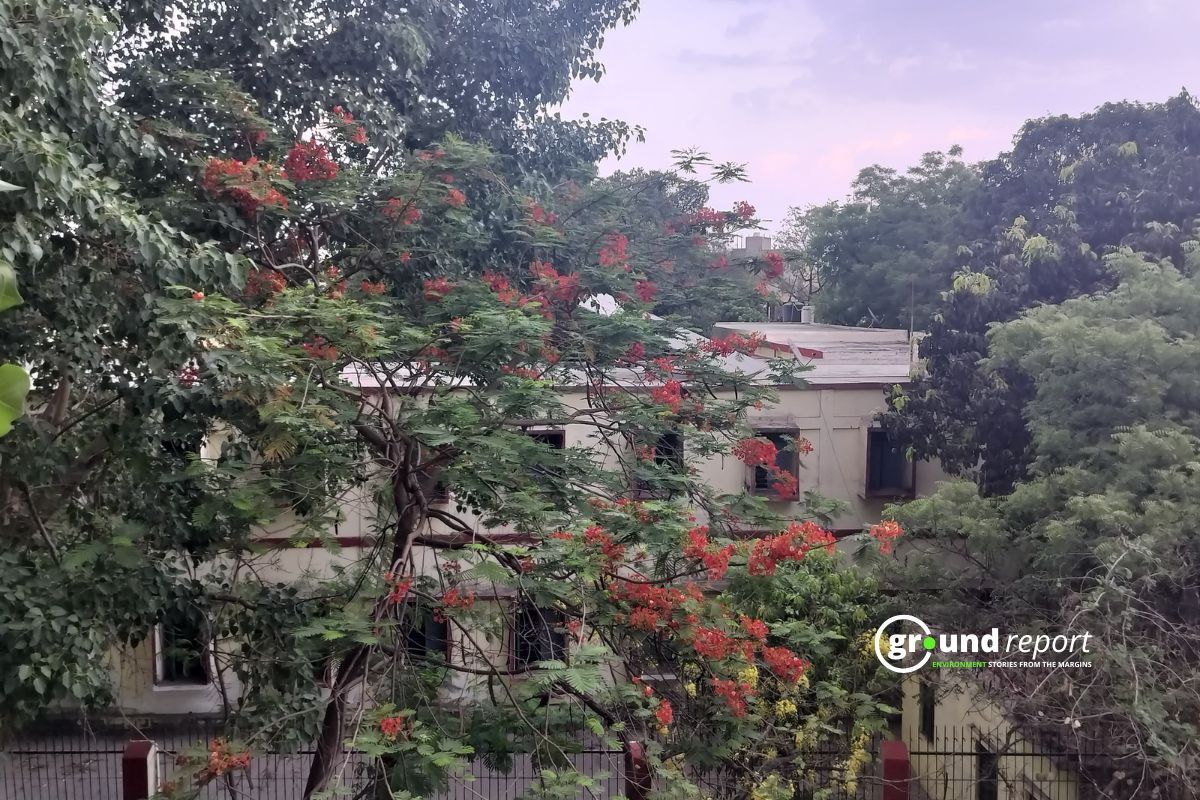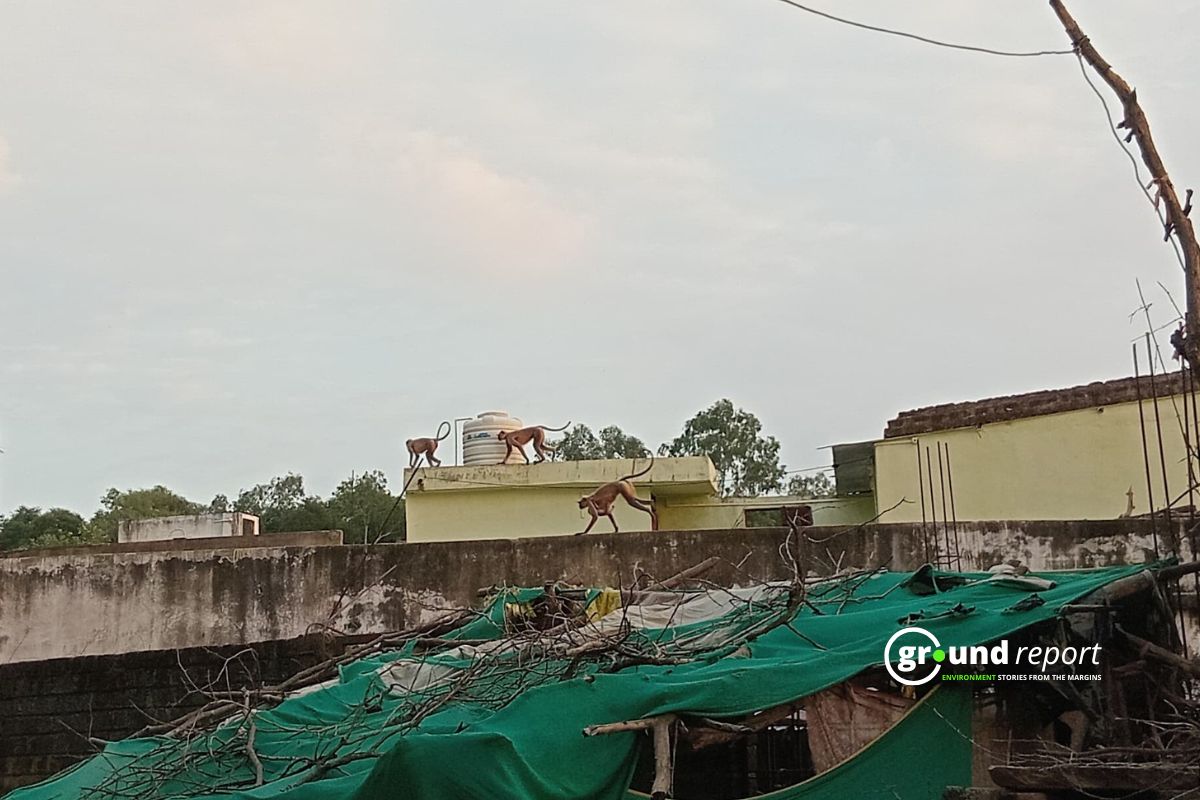India has made a notable advancement in localized weather forecasting by initiating a program that offers five-day weather predictions at the gram panchayat level. This innovative program, updated hourly, was jointly launched on October 24 by Panchayati Raj Minister Rajiv Ranjan Singh and Minister of State Dr. Jitendra Singh. The program signifies a cooperative endeavor of the Panchayati Raj Ministry, India Meteorological Department, and the Ministry of Earth Sciences, with the objective of fortifying grassroots governance and improving rural climate resilience.
Contemporary Obstacles in Rural Meteorological Prediction
The difficulty is especially pronounced in rural India, where farmers frequently lack access to digital devices or meteorological forecasting technologies. The knowledge deficit has resulted in considerable losses, including expenditures on unutilized cultivation equipment due to unforeseen rainfall and severe crop damage during late monsoon seasons.
For example, soybean cultivators in the Malwa reigon of Madhya Pradesh have incurred significant losses due to unexpected rainfall that devastated their harvest-ready crops. Numerous farmers have incurred supplementary expenses when contracted harvesters were unable to function owing to unexpected weather fluctuations.
The New System and Its Characteristics
The new approach seeks to address this significant information deficit by providing comprehensive meteorological data via e-GramSwaraj, Gram Manchitra portals, and the Meri Panchayat app. Users can obtain detailed meteorological data encompassing current temperature, wind velocity, cloud coverage, precipitation, and relative humidity.
The five-day forecasts offer crucial data regarding temperature ranges, anticipated precipitation, cloud cover, and wind patterns, facilitating improved planning and decision-making at the local level.
Benefits and Coverage
This effort specifically advantages farmers, enabling them to make more informed decisions regarding agricultural practices such as sowing, irrigation, and harvesting. As weather patterns become more erratic due to climate change, these localized forecasts are essential for protecting agricultural livelihoods and enhancing rural readiness for severe disasters. The system encompasses 255,000 village panchayats nationwide, each catering to populations of several thousand individuals.
Execution and Training
The Panchayati Raj Ministry is conducting extensive training programs to facilitate efficient implementation and address the digital gap. These gatherings convene more than 200 people, comprising elected members of panchayati raj institutions and state officials.
The program aims to empower local leaders with the information and skills necessary to effectively employ weather forecasting technologies, thereby facilitating informed decision-making and improving their communities’ climate resilience.
This grassroots strategy guarantees that farmers lacking direct digital connection can get weather forecasts via their local panchayat members, potentially safeguarding their crops and resources from weather-induced losses.
Support us to keep independent environmental journalism alive in India.
Follow Ground Report on X, Instagram and Facebook for environmental and underreported stories from the margins. Give us feedback on our email id greport2018@gmail.com.
Don’t forget to Subscribe to our weekly newsletter, Join our community on WhatsApp, Follow our Youtube Channel for video stories.
Keep Reading
Why is Lesser Florican nearing extinction in Madhya Pradesh?
Gujarat: 38 Animals, birds die at Statue of Unity complex in 2 years
18 billion animals sacrificed yearly without making it onto someone’s plate: Study
Living planet report: Global populations of wild animals declined 69% in 50 years









